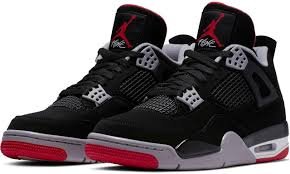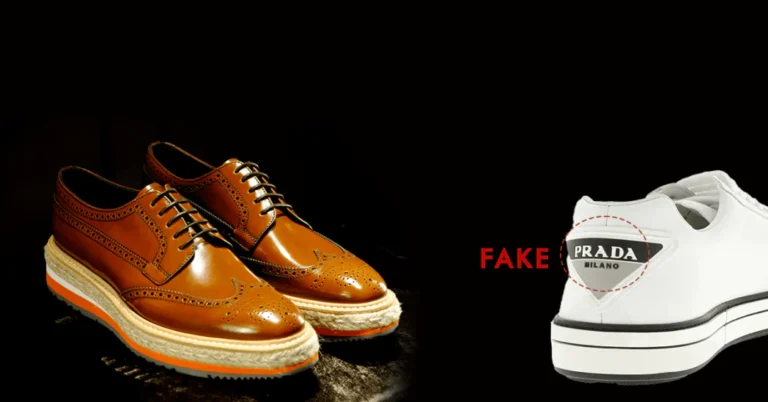
sports shoes
What Are Sports Shoes?
Sports shoes—also called trainers, athletic shoes, or sneakers—are specially designed footwear engineered to enhance performance, support foot health, and prevent injuries during physical activity. Unlike regular shoes, they are tailored with sport-specific features like shock-absorbing soles, flexible materials, and supportive cushioning. From running and tennis to gym workouts and basketball, there’s a perfect sports shoe for every movement and sport.
Essential Features of Quality Sports Shoes
High-performance sports shoes share several core features that ensure comfort, durability, and athletic efficiency. The most important features include:
- Cushioned midsoles to absorb shock and reduce joint strain
- Breathable uppers, typically made of mesh or engineered knit, to allow airflow
- Arch support appropriate for flat, neutral, or high arches
- Slip-resistant outsoles for optimal grip on indoor and outdoor surfaces
- Lightweight construction for freedom of movement and speed
These attributes make sports shoes a must-have for both athletes and fitness enthusiasts alike.
Types of Sports Shoes and Their Uses
Different activities require different types of shoes. Here’s a breakdown of the most common categories of sports footwear:
Running Shoes
Running shoes are built with lightweight materials, responsive cushioning, and heel-to-toe transition support. They’re ideal for:
- Road running: Soft midsoles and breathable fabrics
- Trail running: Rugged soles and waterproof uppers
- Treadmill use: Extra bounce and flexibility
Popular models include the Nike Pegasus, Asics Gel-Nimbus, and Adidas Ultraboost.
Training Shoes
Training shoes are designed for multi-directional movement. They work best for:
- Gym workouts
- CrossFit
- HIIT (High Intensity Interval Training)
These shoes offer flat, wide soles for stability and enhanced lateral support for side movements.
Basketball Shoes
Basketball shoes are engineered for ankle support, shock absorption, and grip. They typically feature:
- High tops for ankle protection
- Thick soles for jump cushioning
- Lateral support for quick cuts
Models like the Air Jordan, Nike LeBron, and Adidas Harden dominate the market.
Tennis and Court Shoes
Tennis shoes are built for lateral stability and grip on different surfaces. Features include:
- Durable toe guards
- Smooth soles for court slides
- Reinforced midfoot support
You’ll find popular pairs from Wilson, Babolat, and New Balance.
Walking Shoes
While technically different from running shoes, walking shoes focus on long-term comfort. Ideal for:
- Casual fitness walkers
- Senior citizens
- People with foot conditions
They usually have thicker midsoles, flexible toe boxes, and heel cushioning.
How to Choose the Right Sports Shoes
Understand Your Foot Type
Your foot’s arch and gait play a vital role in determining which shoe fits best. The three primary arch types are:
- Flat feet: Need motion-control shoes
- Neutral arches: Suitable for most standard models
- High arches: Require extra cushioning
You can perform a wet foot test or consult a podiatrist to find your type.
Know Your Activity
Choosing based on your sport ensures you get the right design and support. For example:
- Running: Focus on cushioning and energy return
- Weightlifting: Go for flat, rigid soles
- Basketball: Prioritize ankle support
Ensure Proper Fit
A good fit is critical. Use the Brannock device or an online sizing chart. Key points to check:
- Thumb-width space at the toe
- Secure heel lockdown
- No tight pressure points
Try shoes in the evening when feet are swollen for a more accurate fit.
Top Brands Known for Sports Shoes
Some brands lead the market due to innovation, performance, and trust:
- Nike – Known for advanced technology and style
- Adidas – Offers Boost midsoles and eco-friendly options
- Asics – Trusted for running and marathon gear
- Under Armour – Great for training and gym shoes
- New Balance – Popular for walking and orthotic-friendly designs
- Puma – Stylish and lightweight with a wide range
Tips to Maintain Your Sports Shoes
To extend the lifespan of your shoes:
- Clean them regularly using mild soap and a soft brush
- Air dry only—never use direct heat
- Store in a ventilated area to avoid odor buildup
- Rotate pairs if you’re exercising daily
- Replace every 300–500 miles or when cushioning wears down
Using shoe deodorizers and insoles can also enhance hygiene and comfort.
Common Mistakes to Avoid
- Wearing the wrong type: Don’t use running shoes for lifting or vice versa
- Ignoring signs of wear: Worn soles can lead to injuries
- Choosing style over function: Always prioritize fit and purpose
- Buying the wrong size: Sizes vary by brand—always try them on
Where to Buy the Best Sports Shoes
You can find authentic sports shoes at:
- Nike Store and Adidas Online
- Foot Locker and Finish Line
- Zappos and Amazon
- Brand outlet stores for discounted or last-season models
Look for seasonal sales, loyalty points, and promo codes for better deals.
Sports Shoes vs. Regular Sneakers
While they may look similar, sports shoes offer performance-based features not found in regular sneakers. The main differences:
| Feature | Sports Shoes | Casual Sneakers |
|---|---|---|
| Sole Design | Sport-specific cushioning and support | Flat and general-purpose |
| Materials | Lightweight, breathable, impact-resistant | Fashion-focused materials |
| Fit | Ergonomic and activity-tailored | Usually based on style and comfort |
| Durability | Built for rigorous activity | May wear out faster under stress |
Are Expensive Sports Shoes Worth It?
In many cases, yes. Premium sports shoes offer:
- Advanced technology (Zoom Air, Boost, Flyknit)
- Better materials that last longer
- Injury prevention with improved biomechanics
However, many mid-range options from top brands also offer excellent value if chosen wisely.
Final Thoughts: Invest in the Right Pair
Whether you’re training for a marathon, hitting the gym, or just staying active, the right pair of sports shoes can elevate your performance, reduce injury risk, and keep you comfortable. Invest time in selecting the right style, fit, and features that align with your goals.






